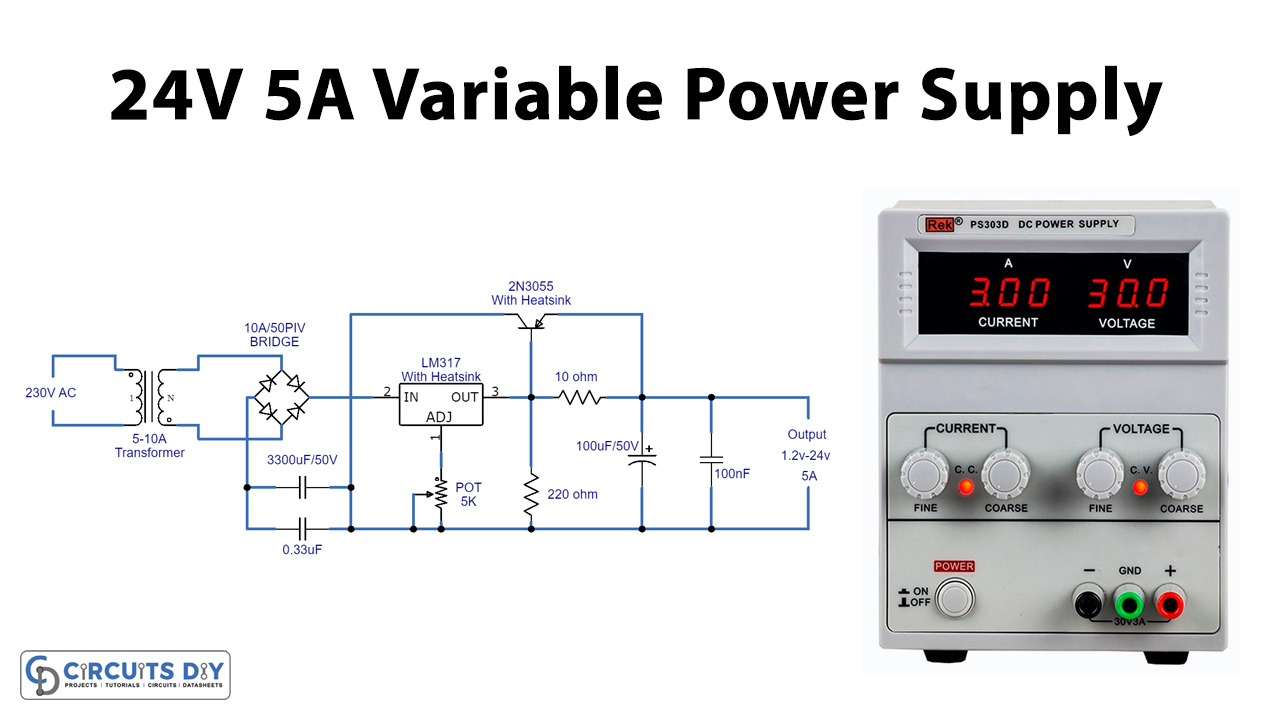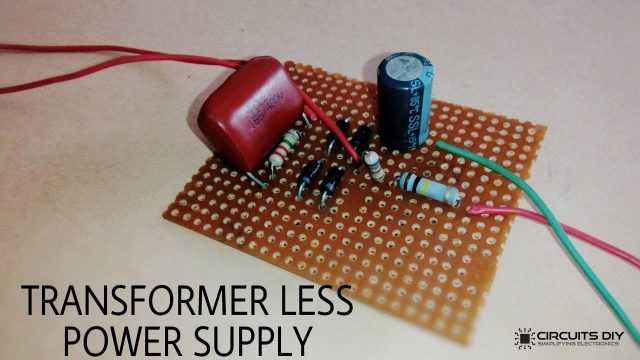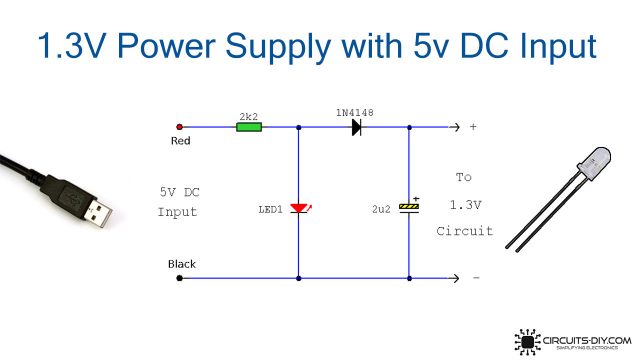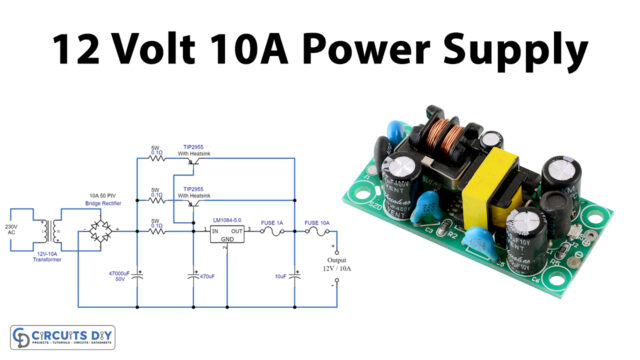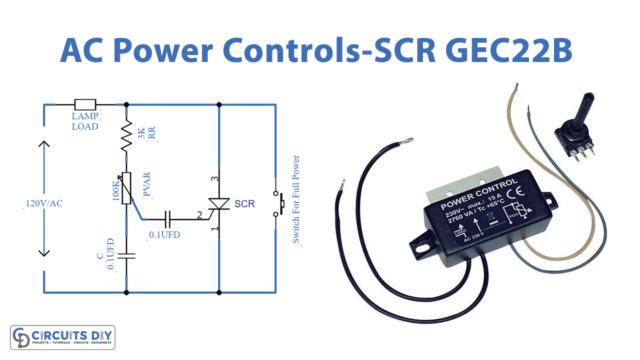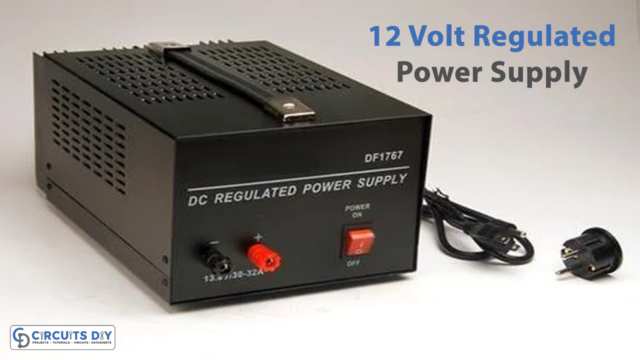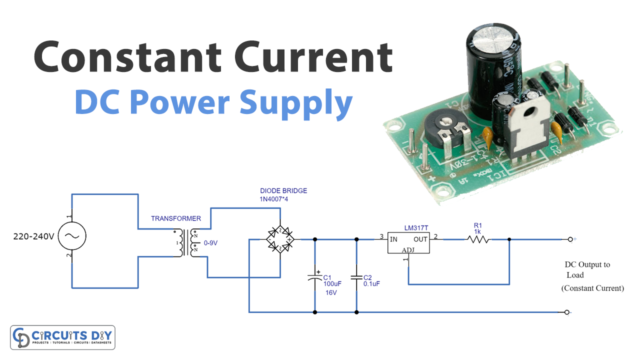Usually, there are power supplies with fixed voltages and we use fixed voltage regulator ICs in their circuits but there are times when a variable or adjustable power supply is needed or you want to get more utilization out of a single power supply then this is an ideal circuit for that. In this circuit, we are going to make a 24 Volt LM317 5A Variable Or Adjustable Power Supply.
LM317 is a fully adjustable positive voltage regulator IC. It gives an output of 1.25V to 37V and is capable of supplying a 1.5A output current. This IC is convenient and uses only two external resistors to set the value of the desired output voltage. It comes with many built-in features like thermal overload and short circuit protection and safe area compensation. Therefore, it is ideal to be used as a fixed and variable voltage-regulated power supply for different purposes in electronics. This IC comes in a TO 220 transistor package, has a very low cost, and is easily available online and in markets.
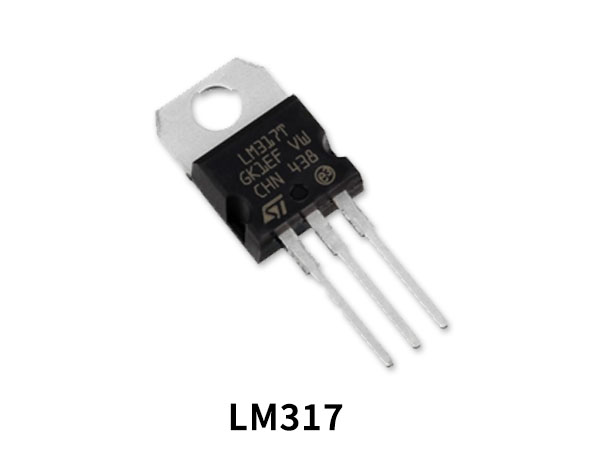
Hardware Components
The following components are required to make a 24V Adjustable Power Supply Circuit
| S.no | Components | Value | Qty |
|---|---|---|---|
| 1. | Step-down Transformer | 110 or 230V/24V 5-10A | 1 |
| 2. | Bridge Rectifier Diode | 10A/50PIV | 4 |
| 3. | Voltage regulator IC | LM317T | 1 |
| 4. | Transistor | 2N3055 | 1 |
| 5. | Heatsinks | – | 1 |
| 6. | Ceramic Capacitor | 3300µF/50V, 0.33µF,100nF | 1, 1, 1 |
| 7. | Resistor | 220Ω, 10Ω | 1, 1 |
| 8. | Potentiometer | 5K | 1 |
| 9. | Electrolytic Capacitor | 100µF/50V | 1 |
| 10. | Breadboard | – | 1 |
LM317T Pinout
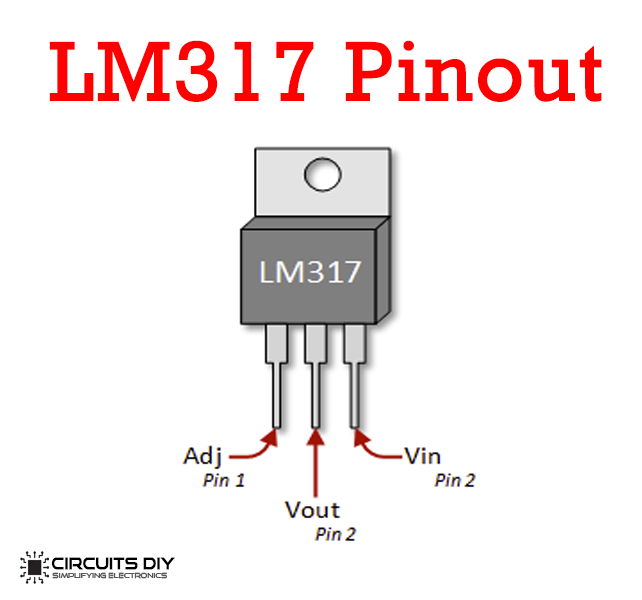
For a detailed description of pinout, dimension features, and specifications download the datasheet of LM317T
24V Adjustable Power Supply Circuit

Working Explanation
The only drawback of this IC is that it provides a low current so we have to add a transistor to increase the output current from 1.5A to 5A. The AC supply of 230V is passed through a stepdown transformer which provides a 24V AC signal. This signal is now sent to a bridge rectifier of 10 Amperes and 50 PIV and a smoothing capacitor that converts this AC signal into DC. This is now fed into the voltage regulator IC into its input pin. The adjust pin is connected with a potentiometer to set the desired output voltage. The output from this IC is sent to the transistor to amplify the current. It is passed through more capacitors for any residual noise cancellation.
You will get a variable output of 1.2V to 24V with 5A of current. Heatsinks are required in this circuit with IC and the transistor because they can get hot during the operation.


